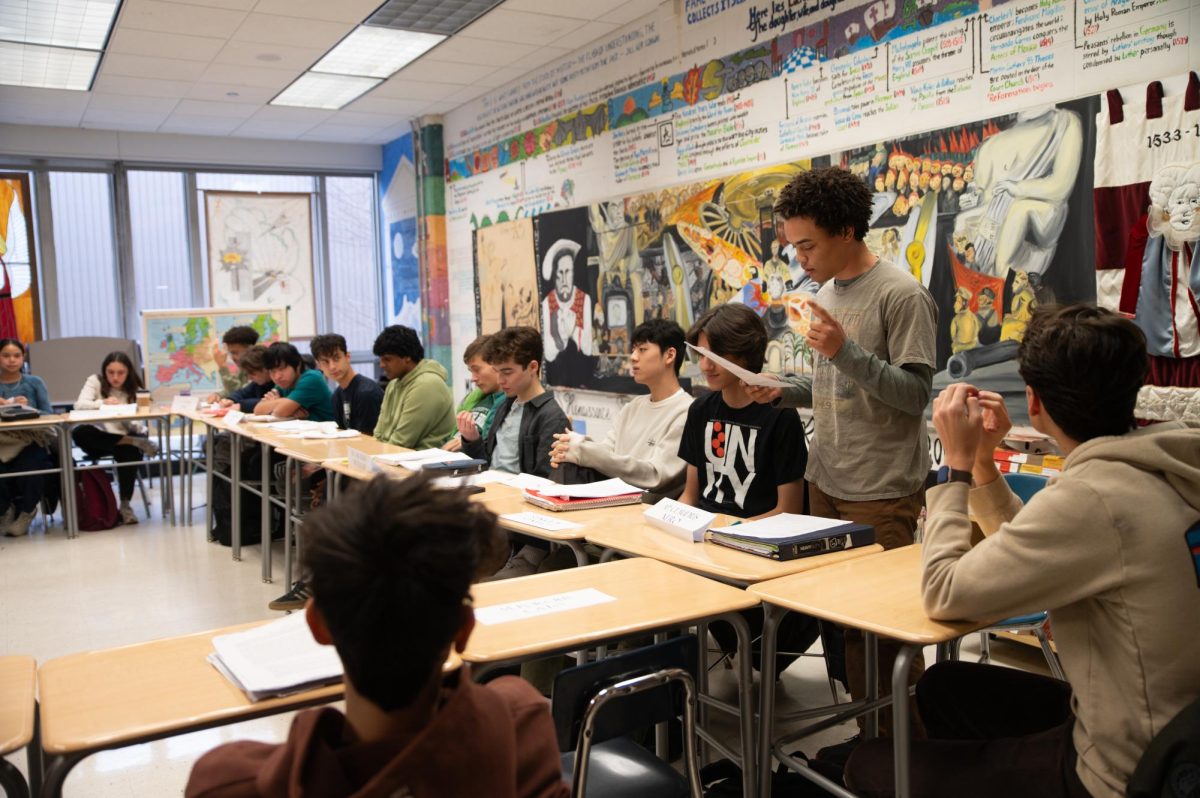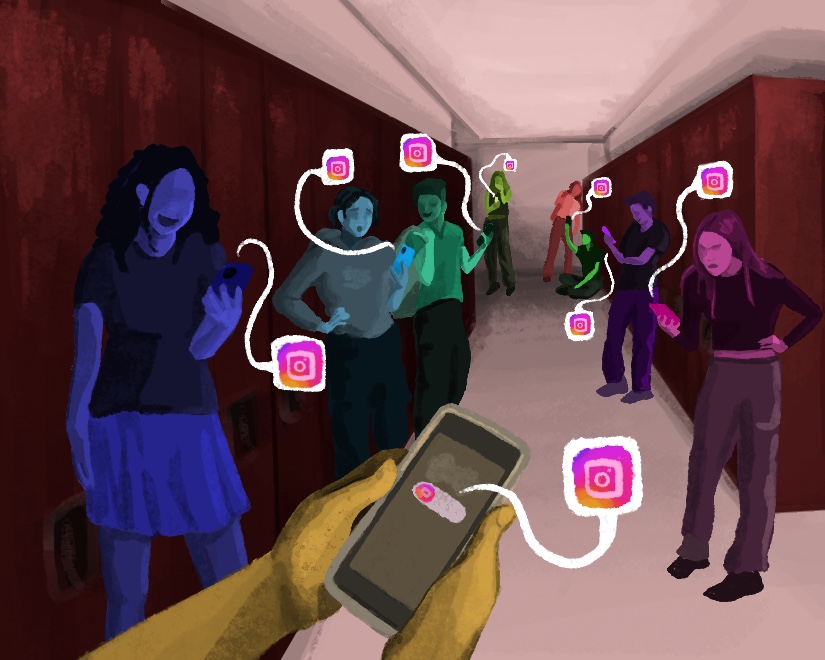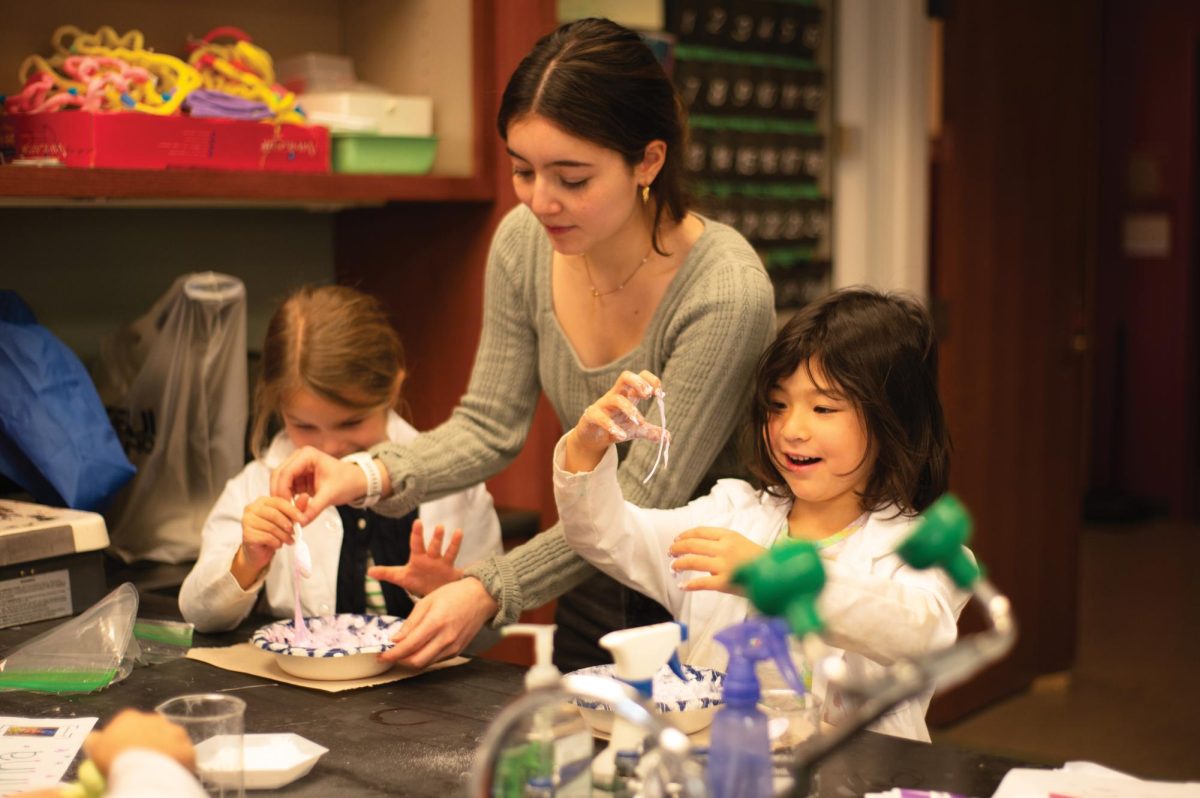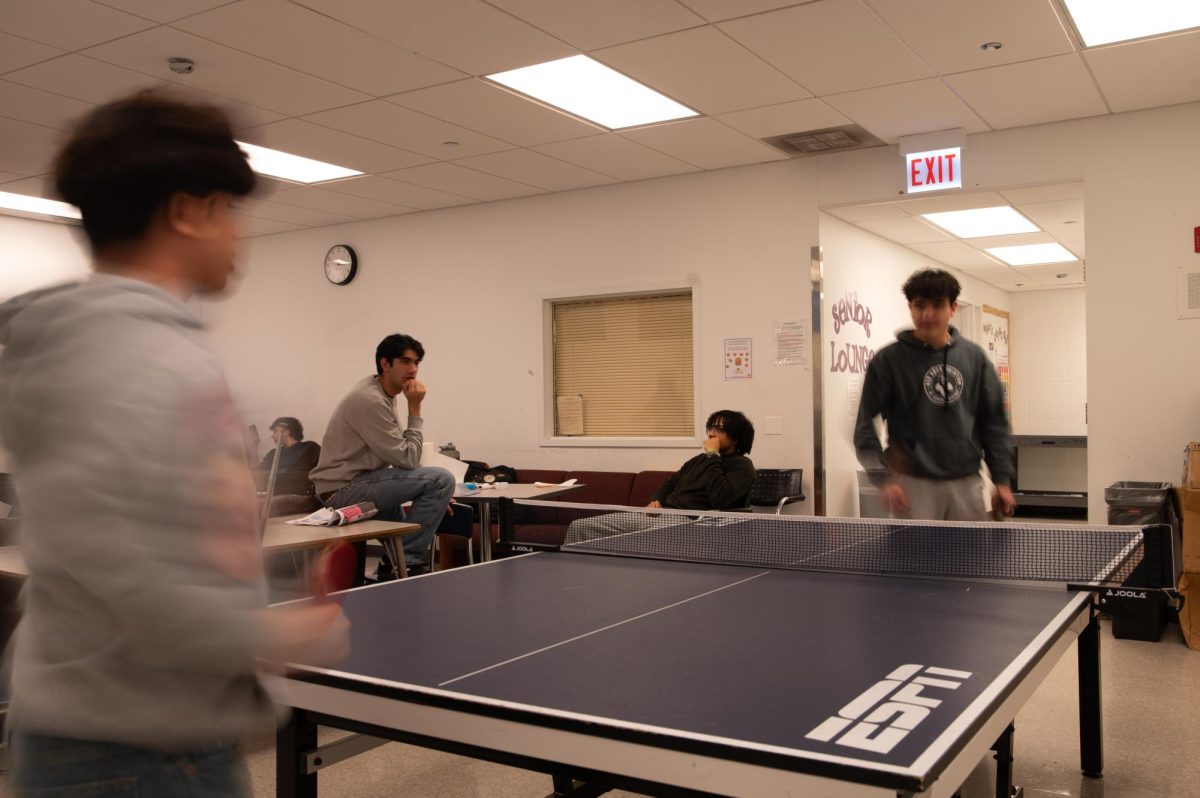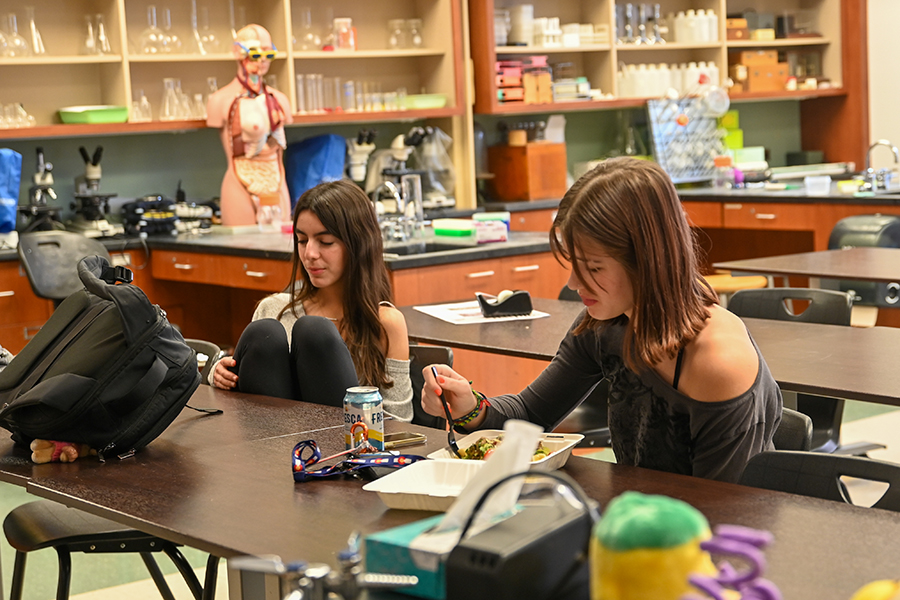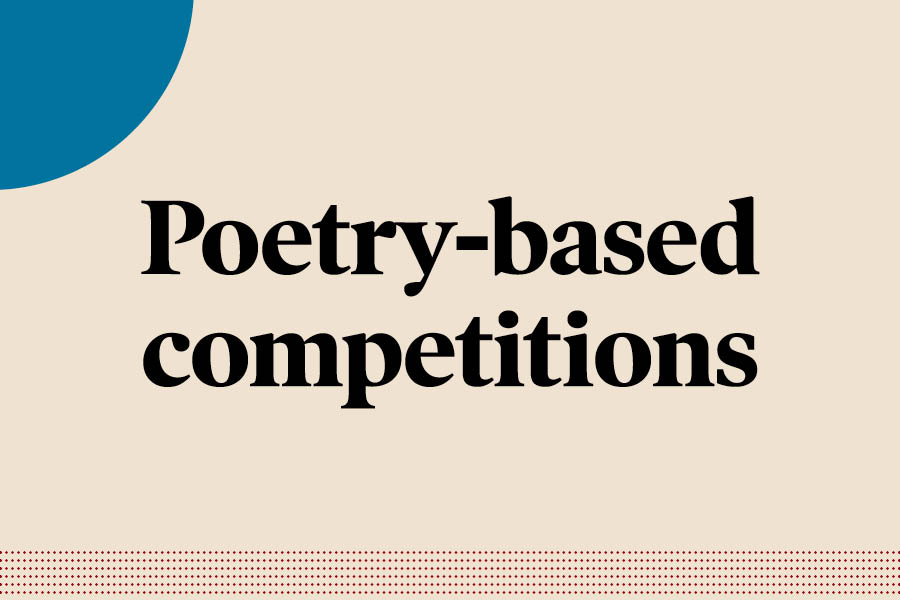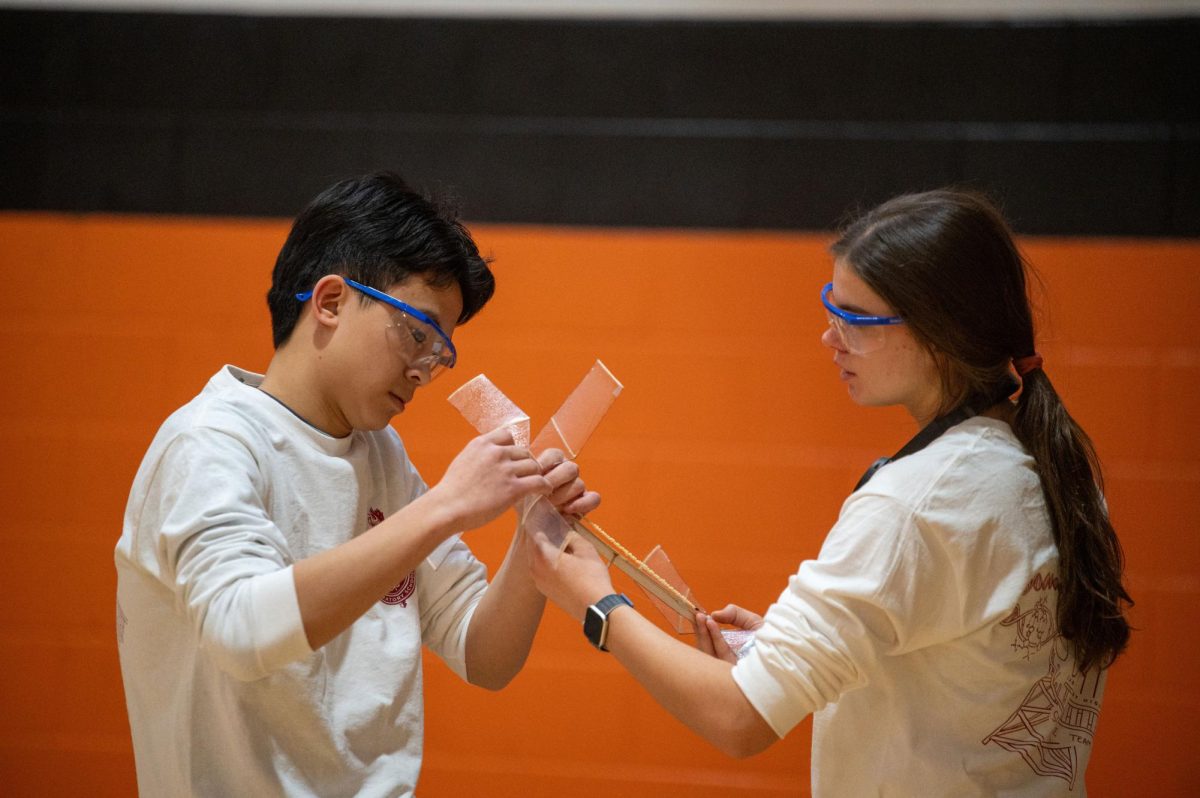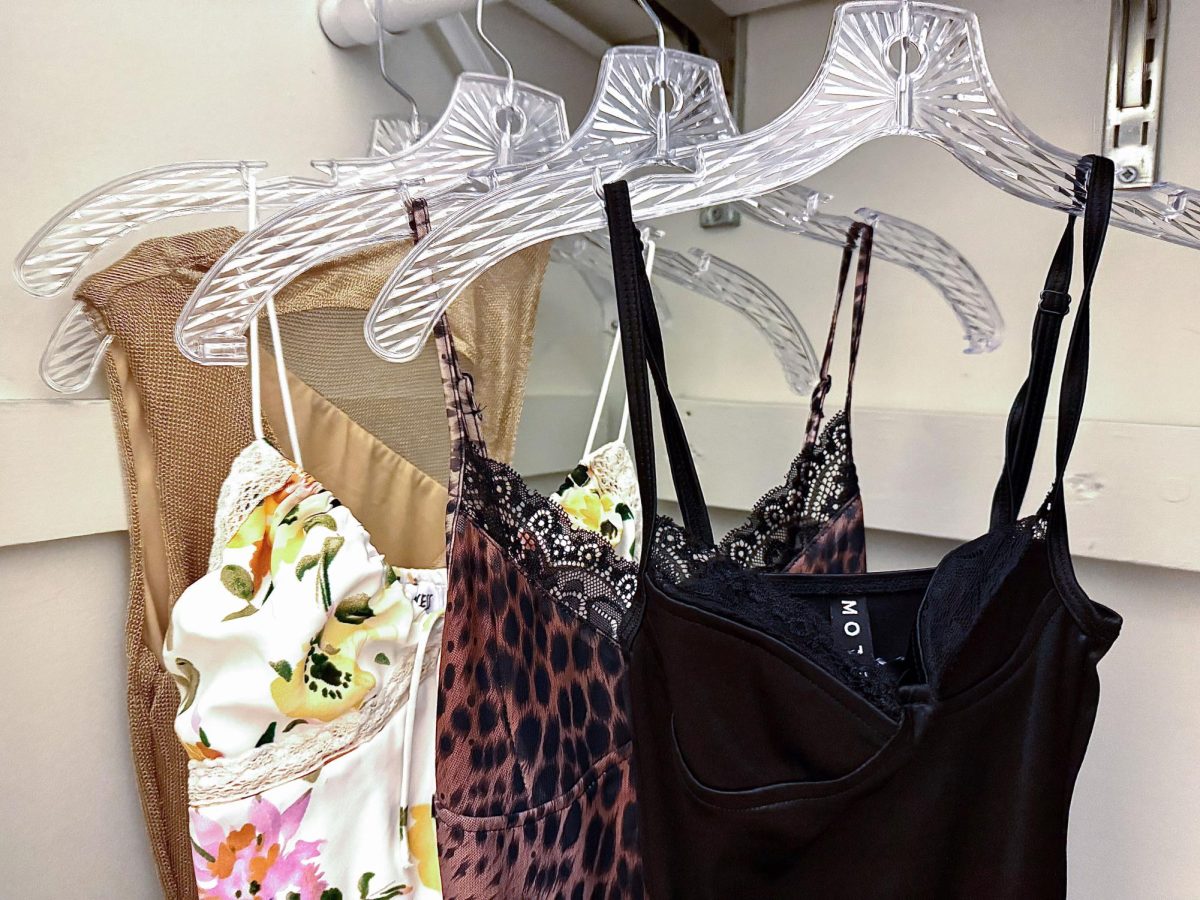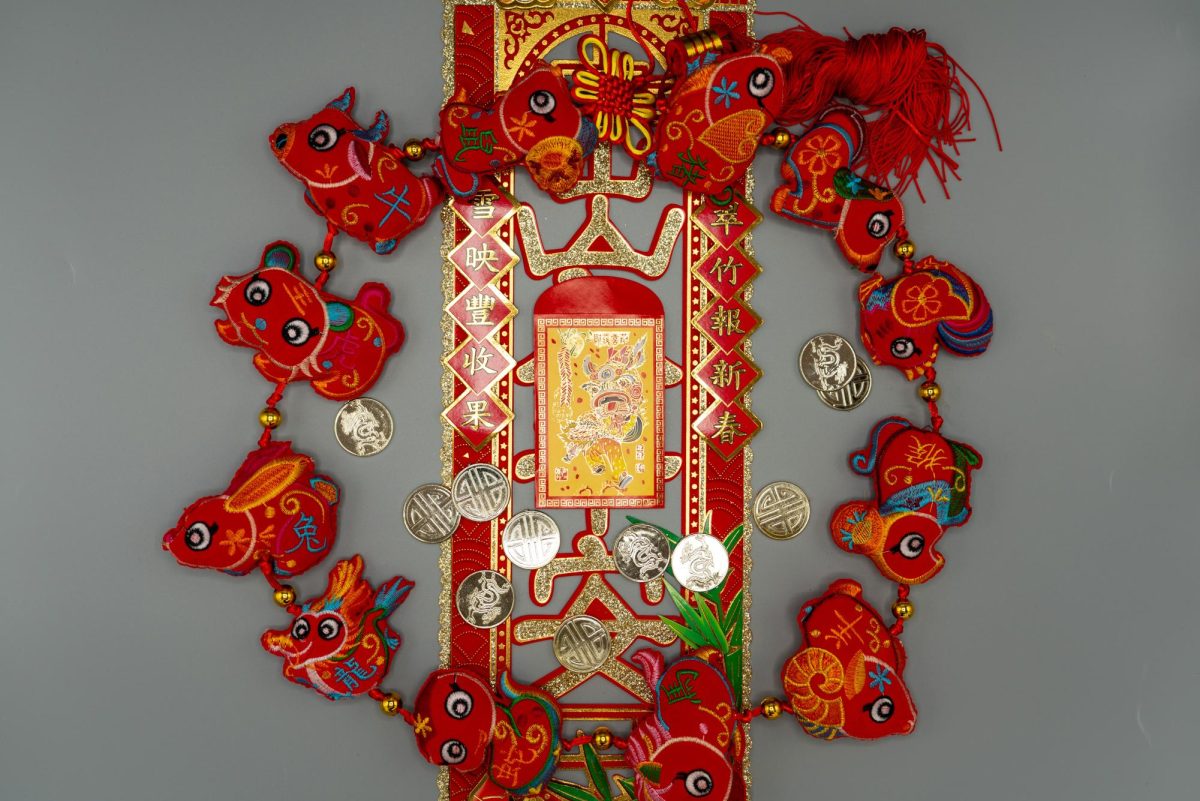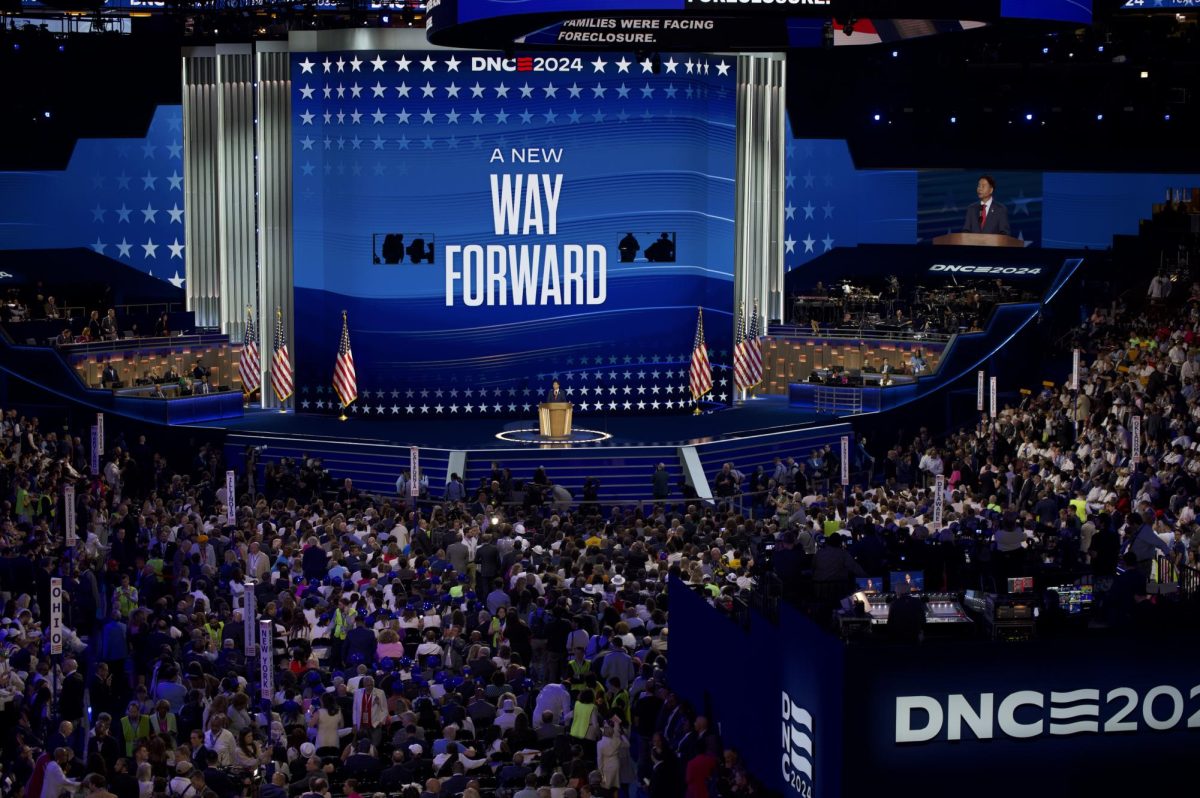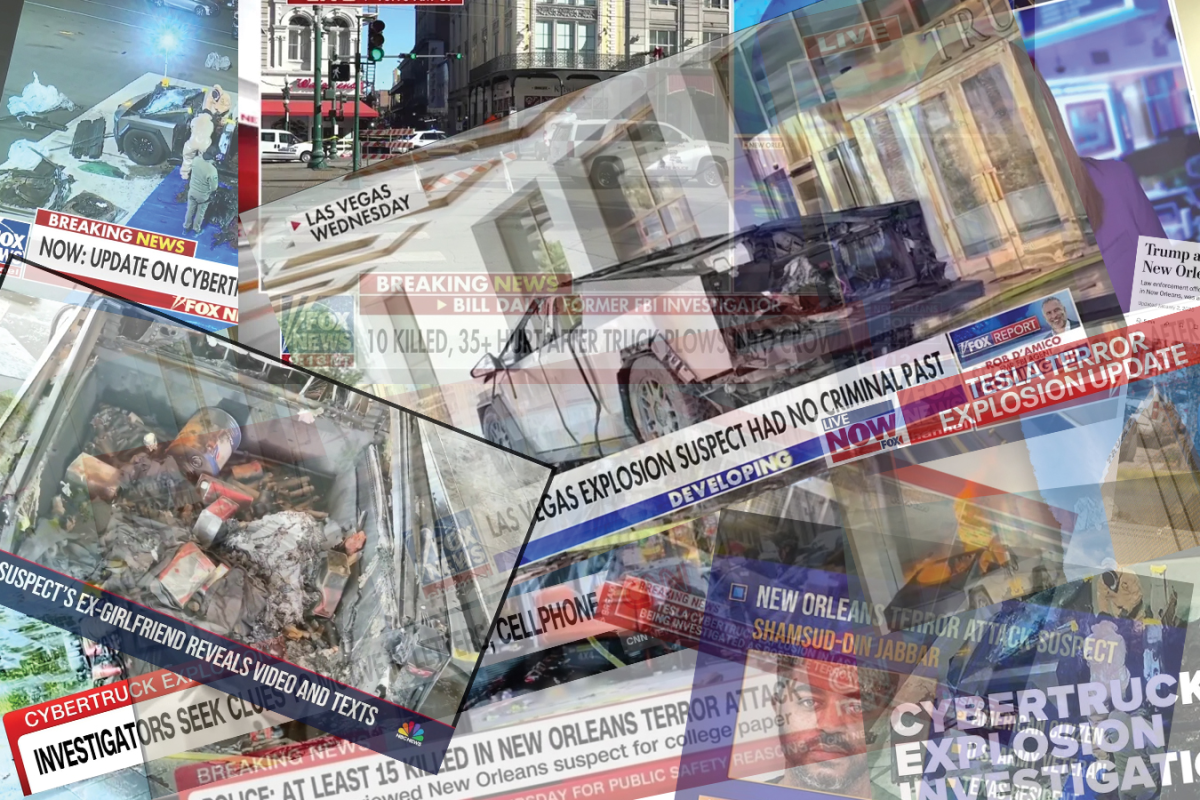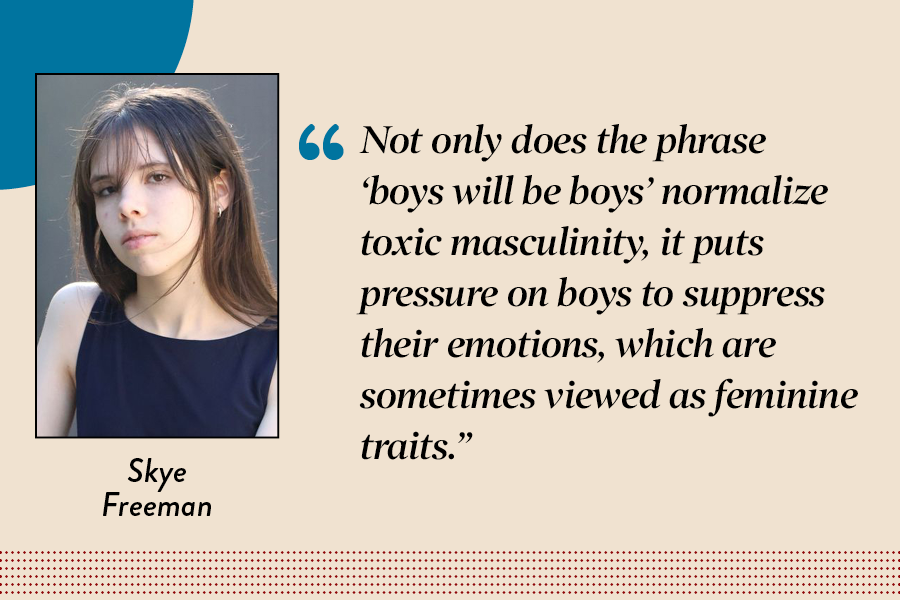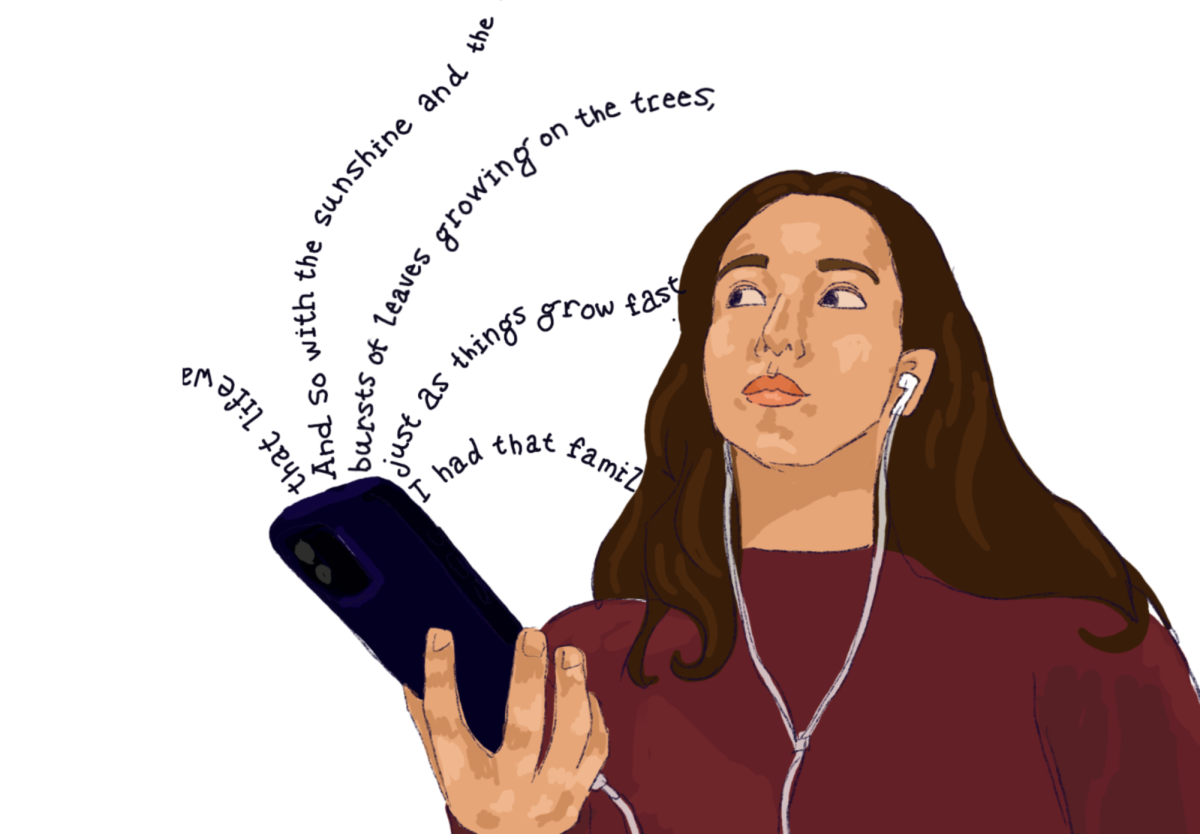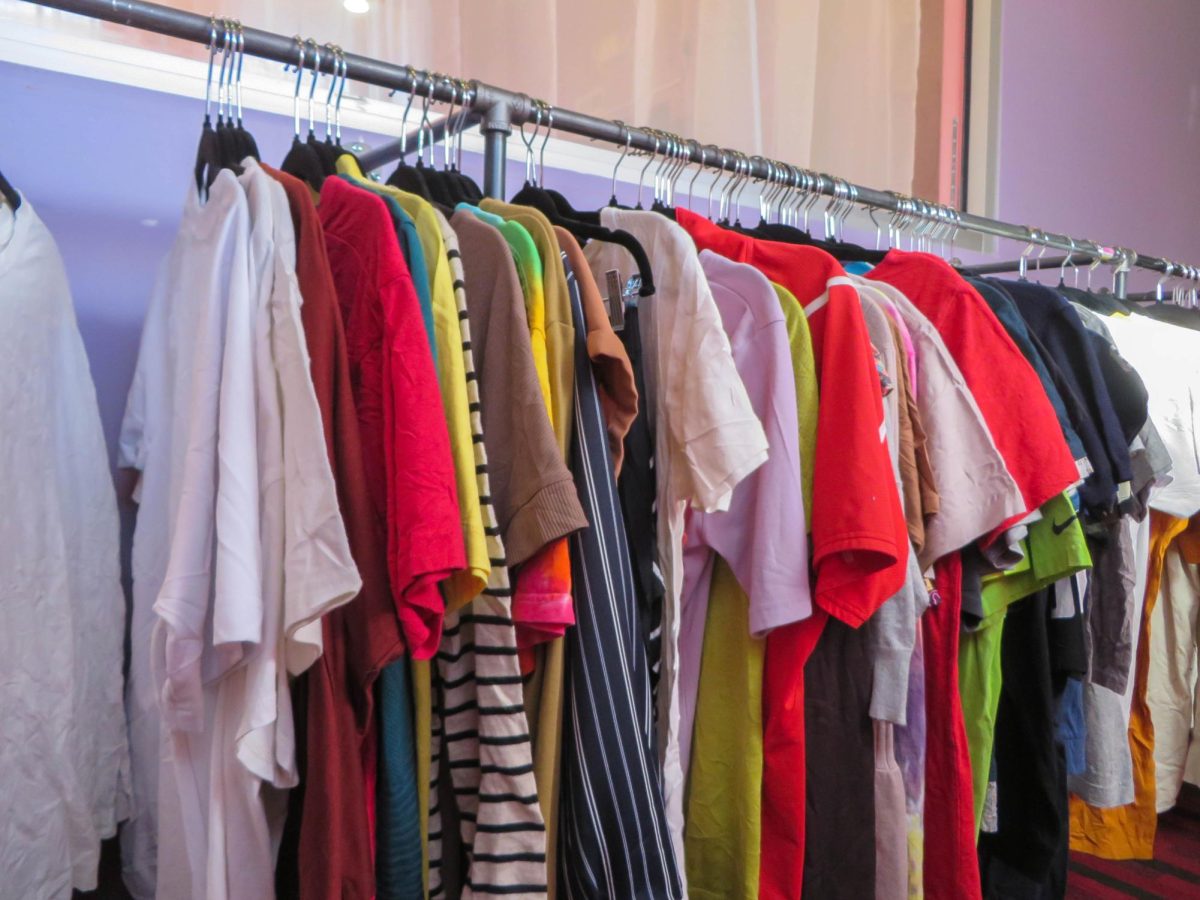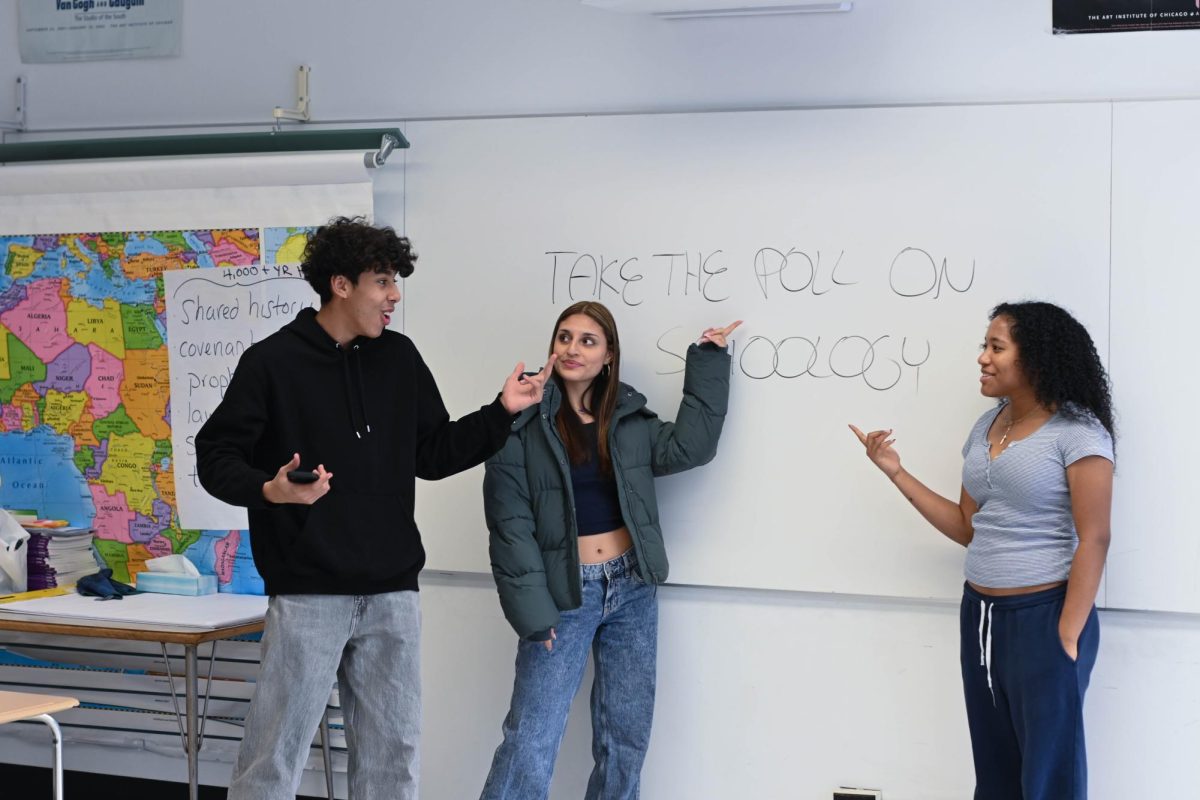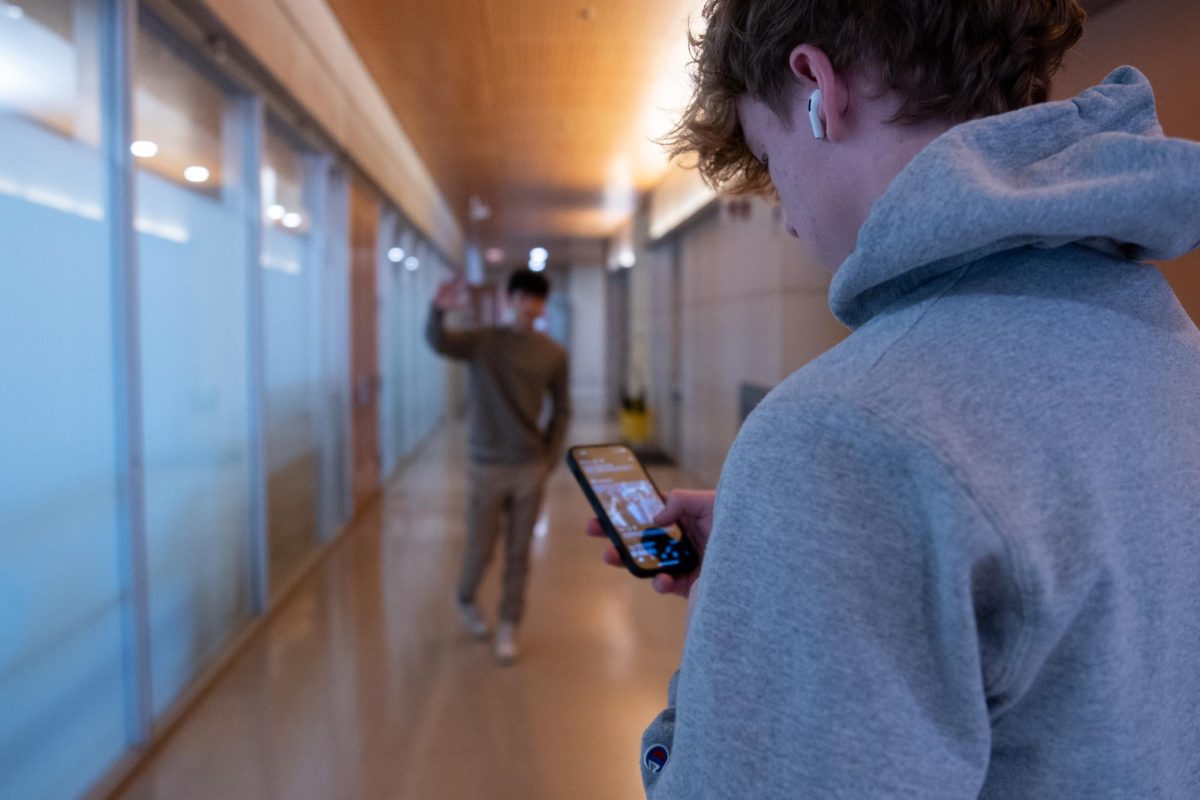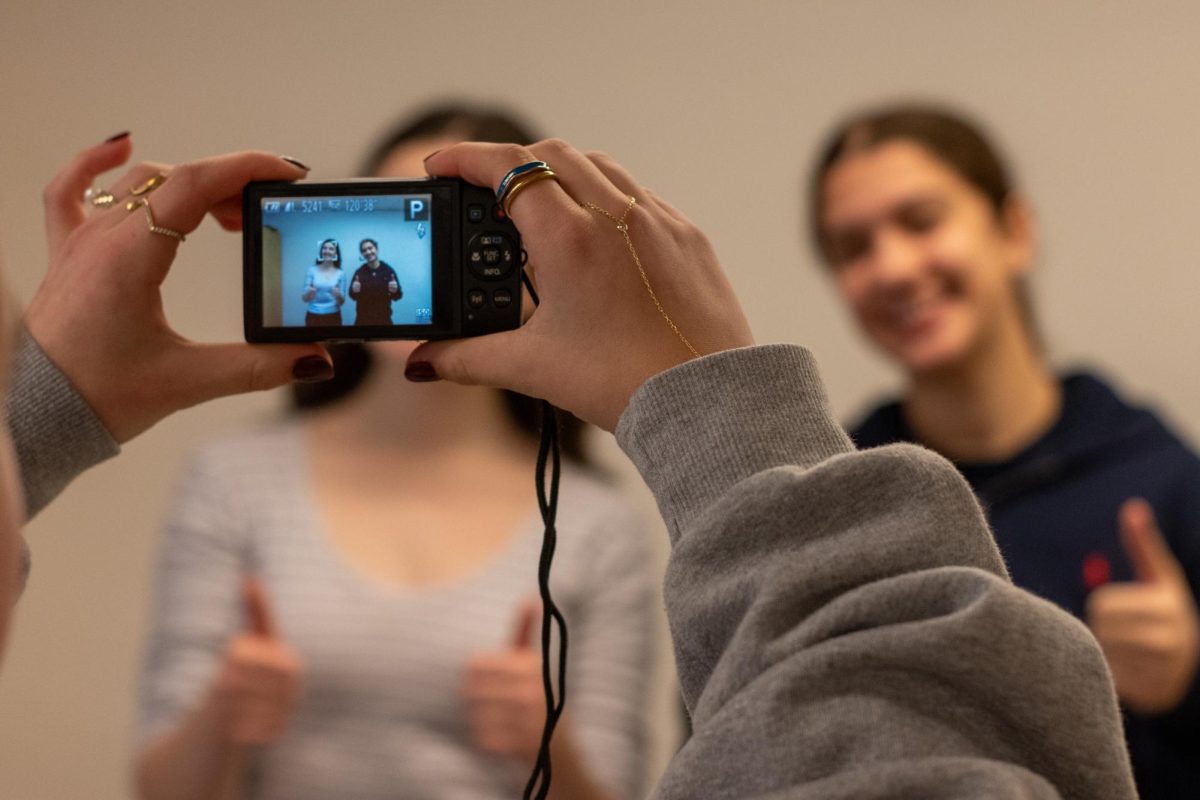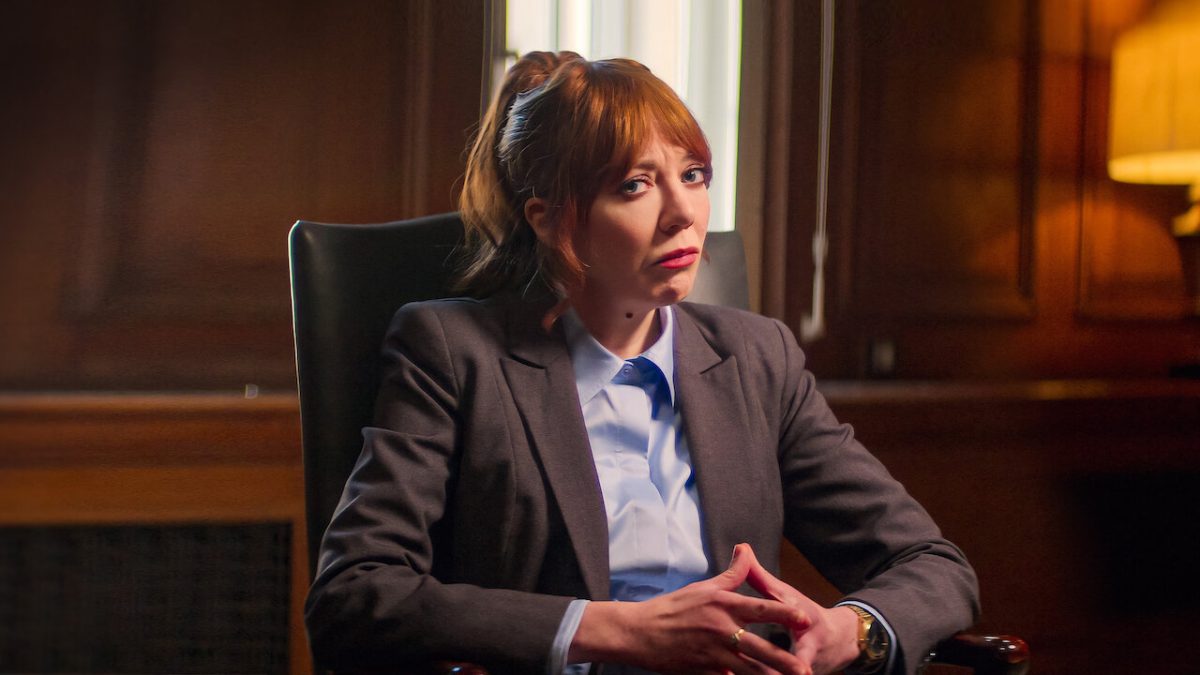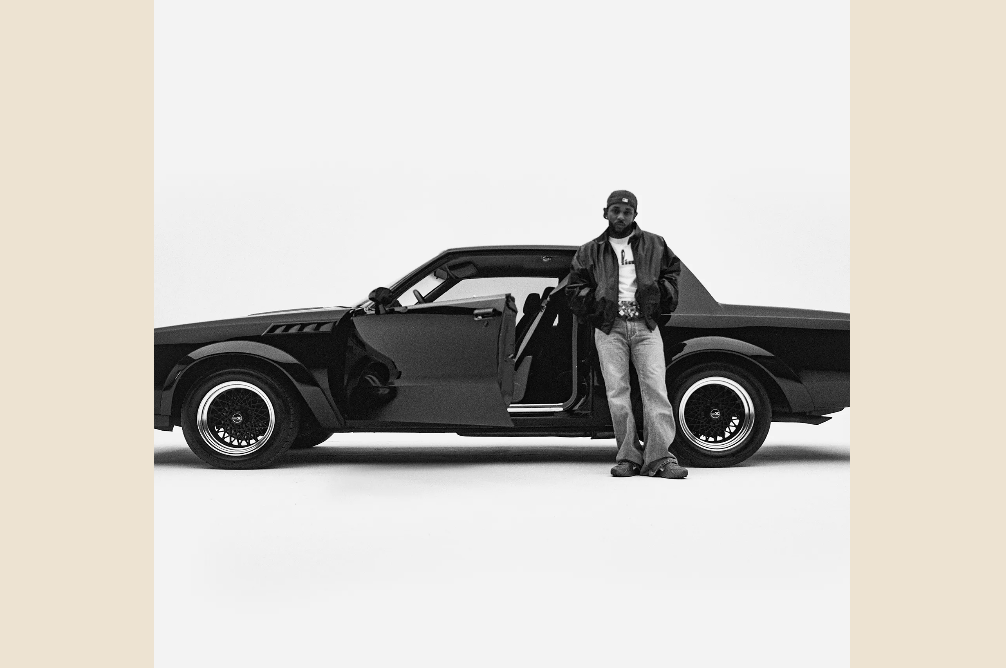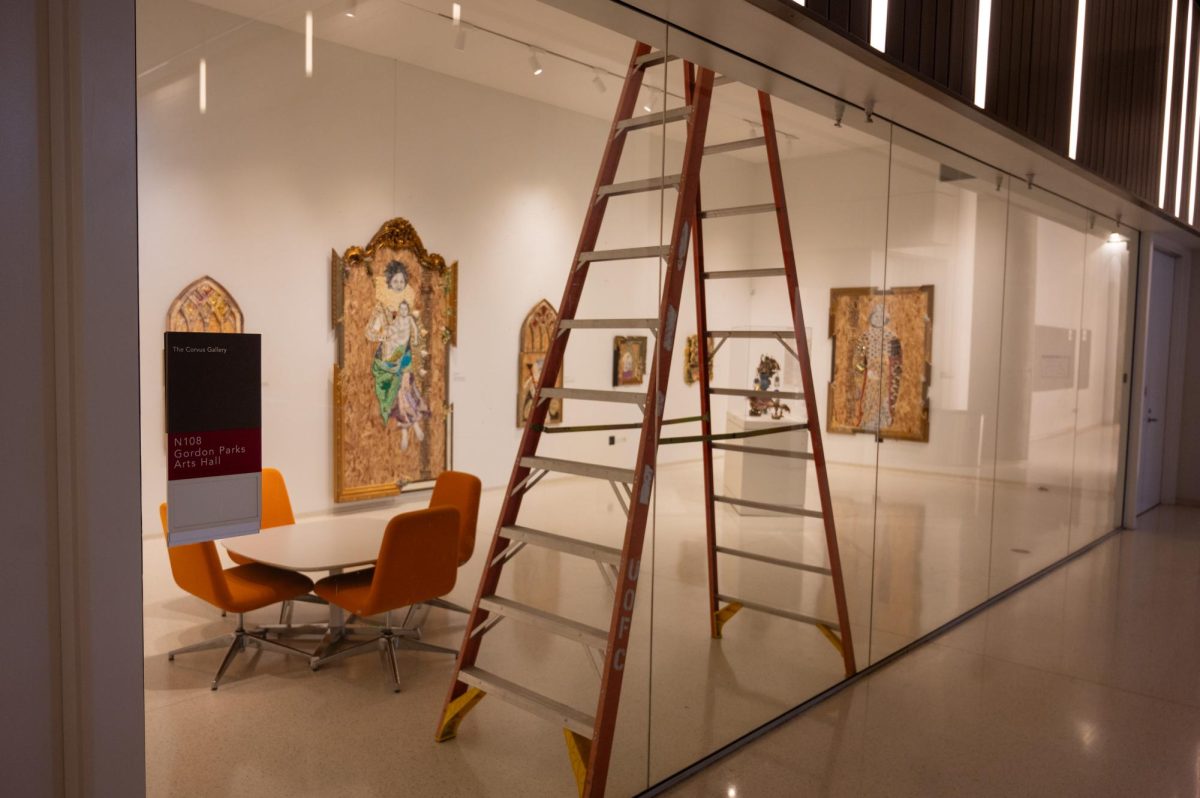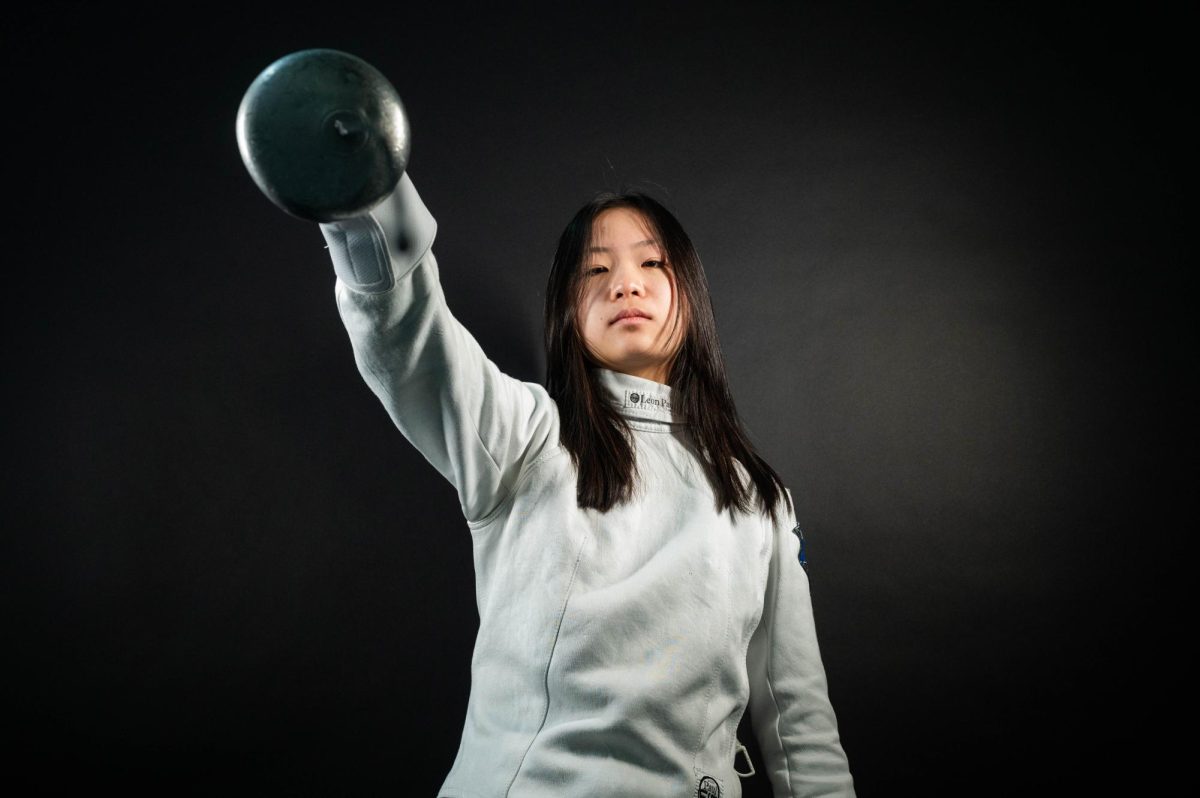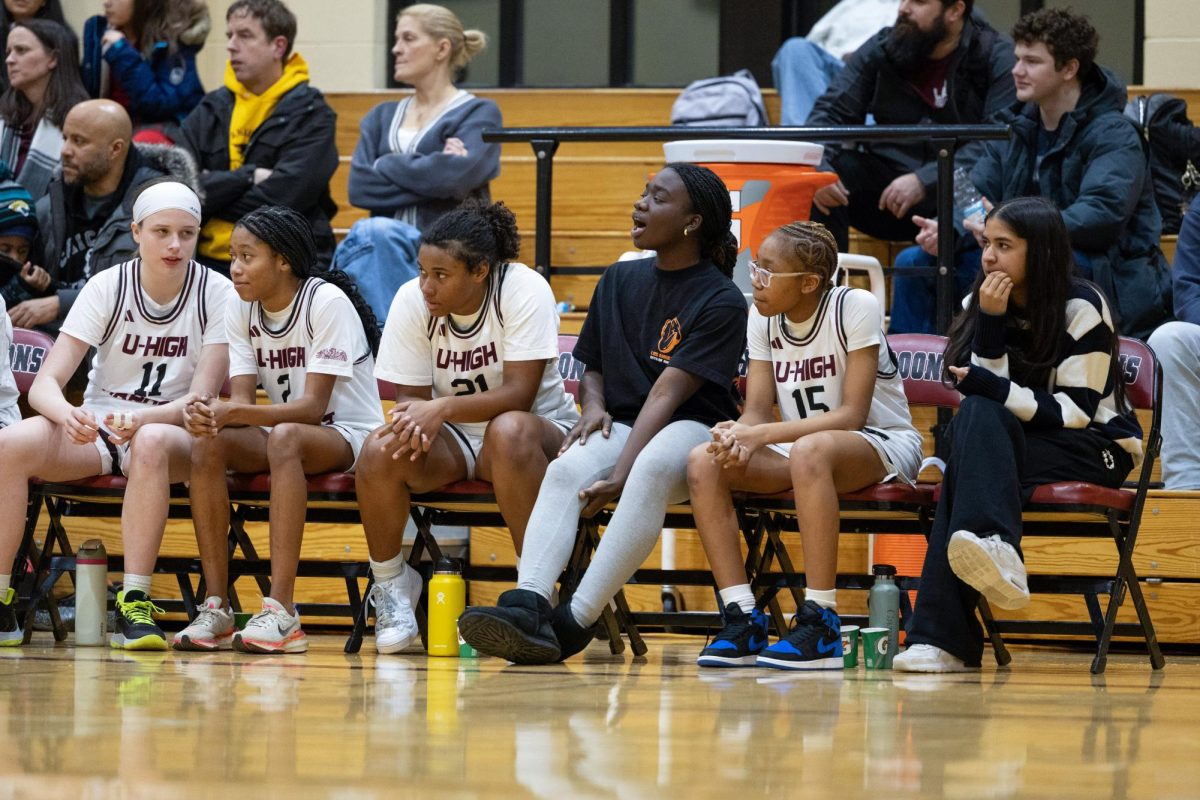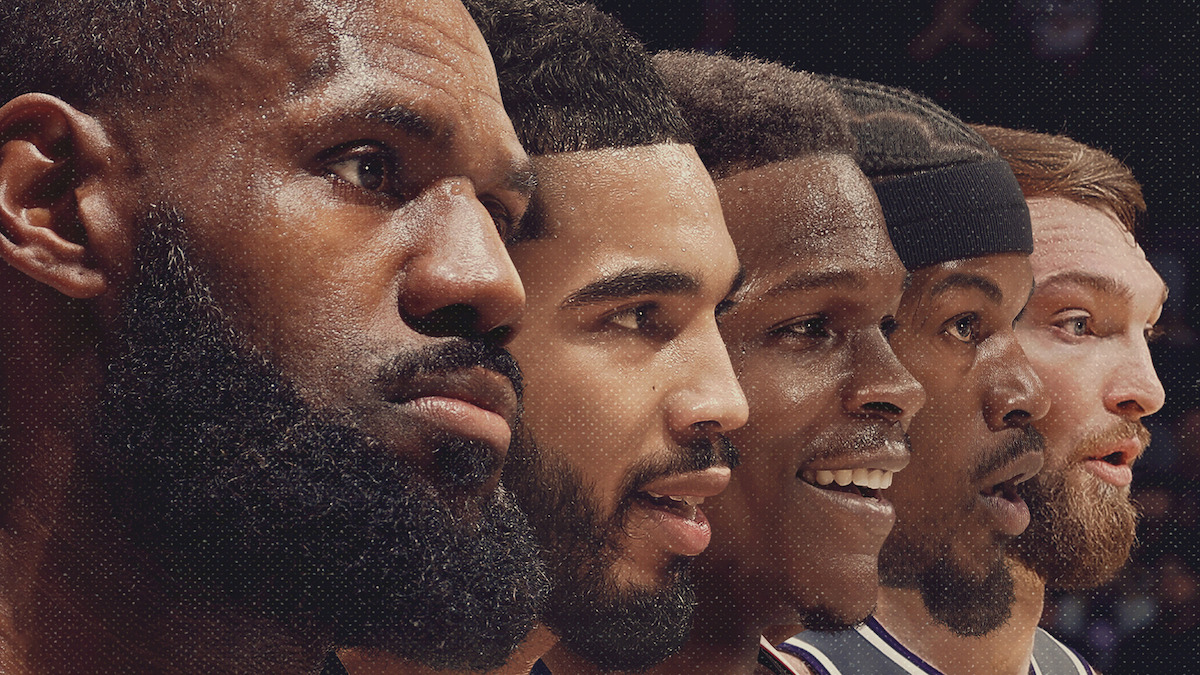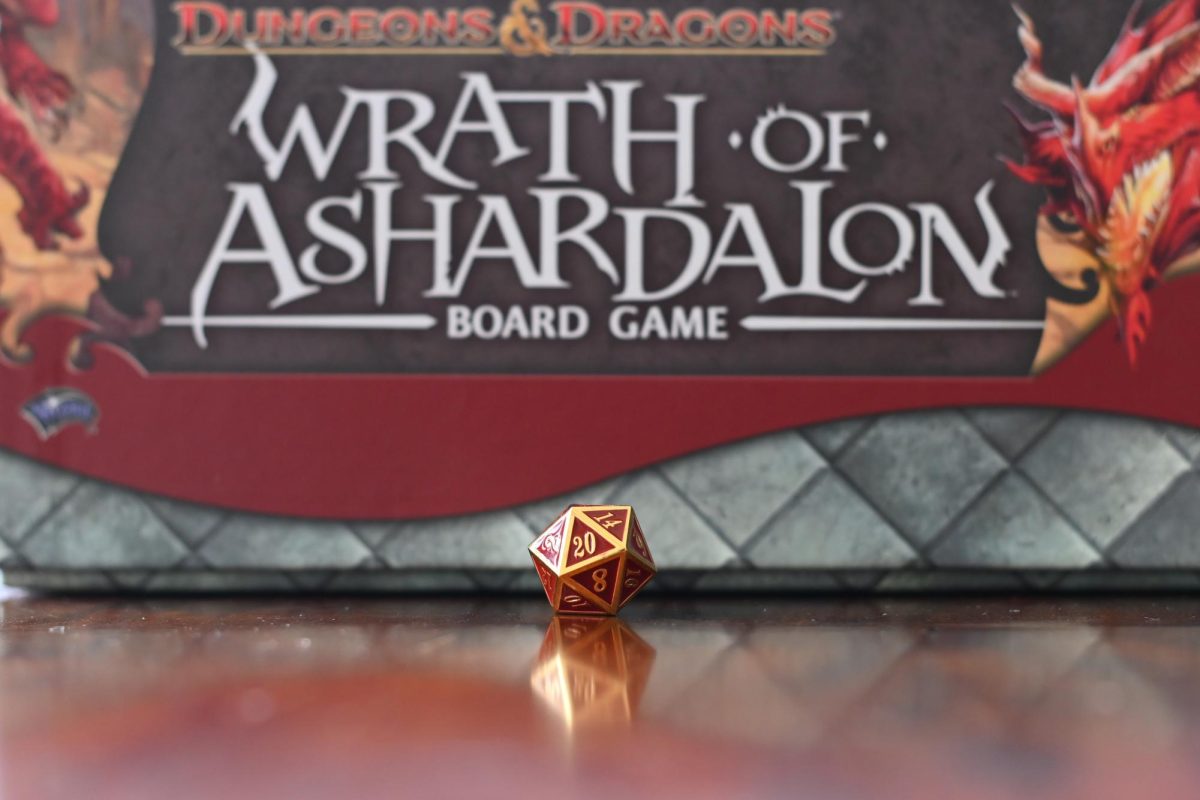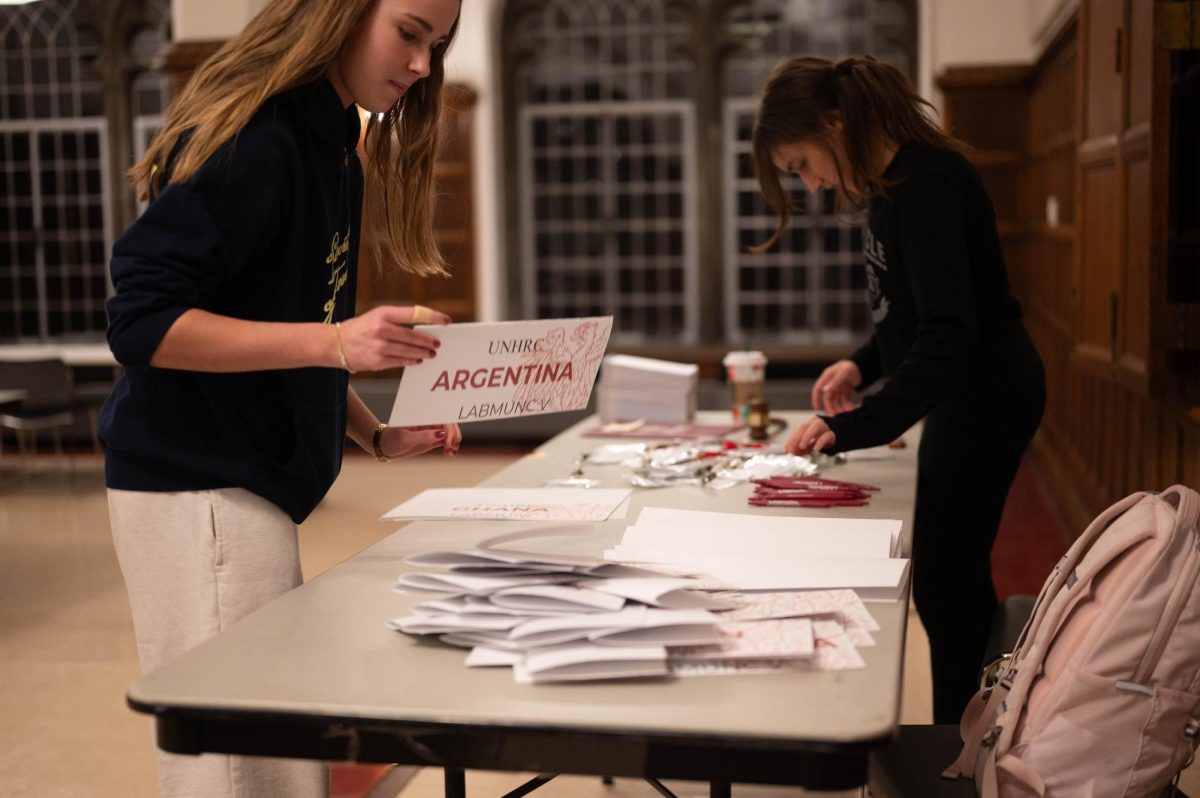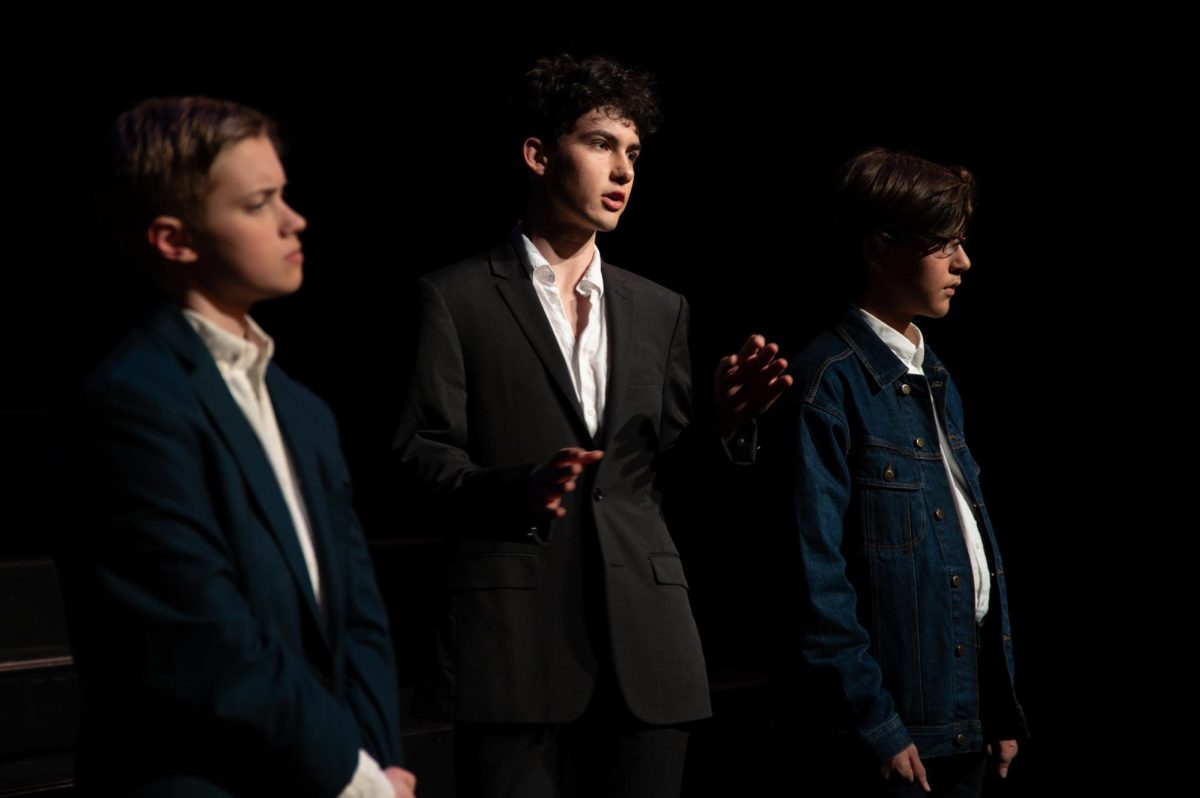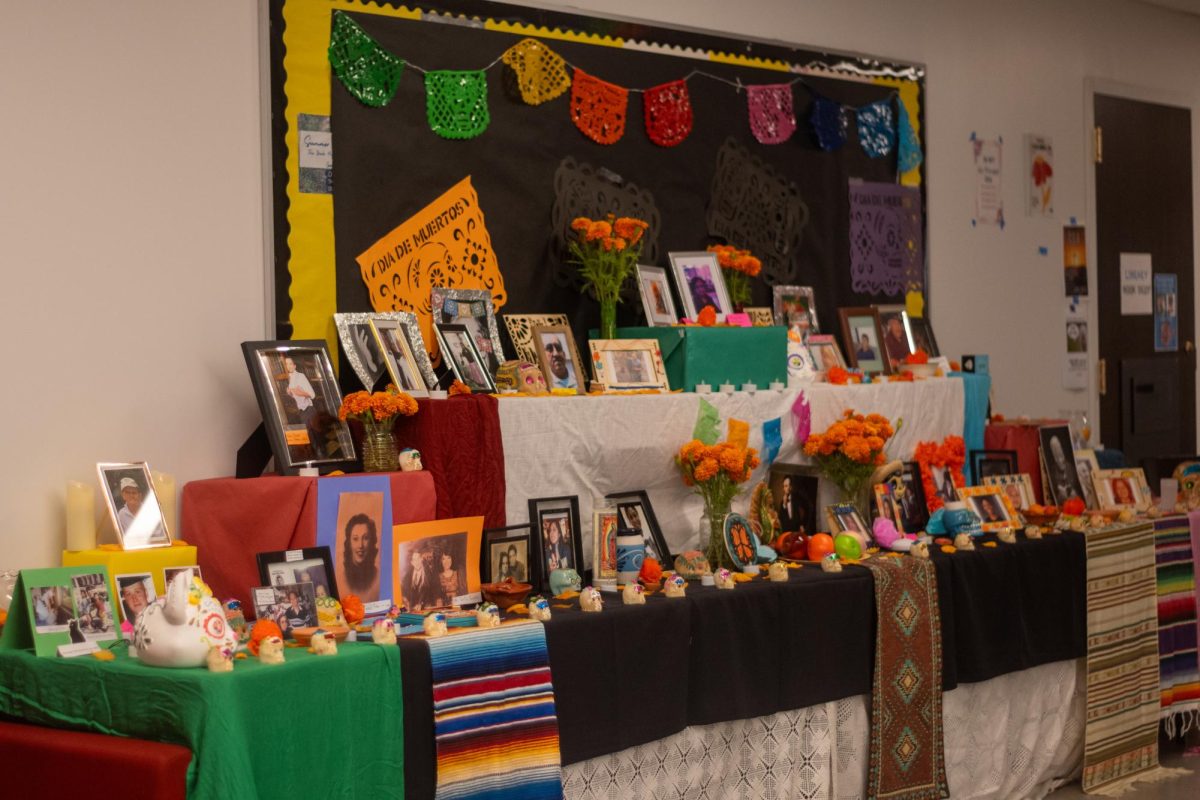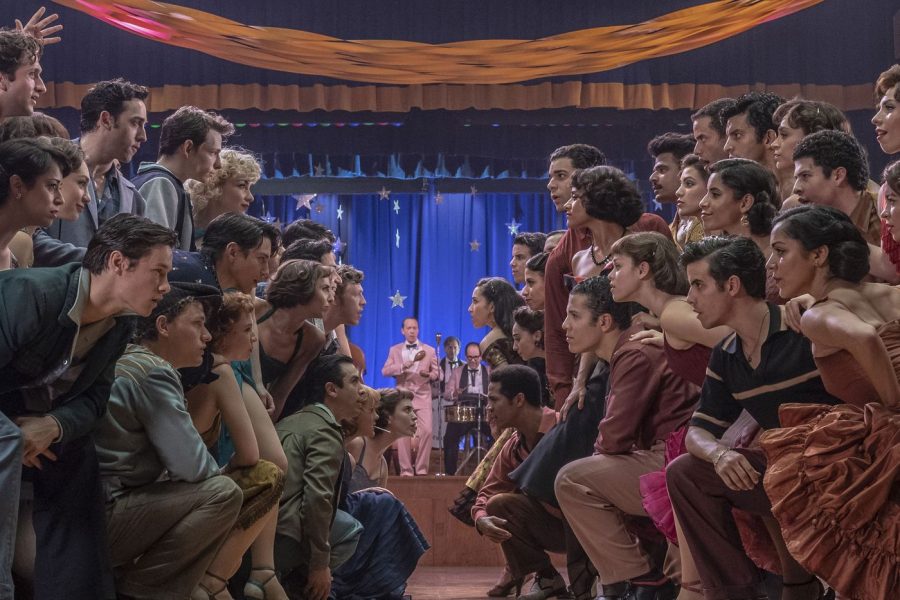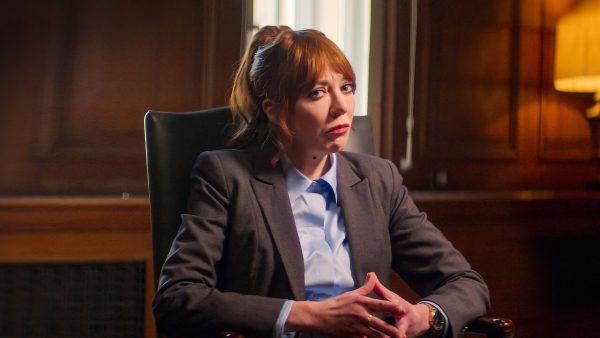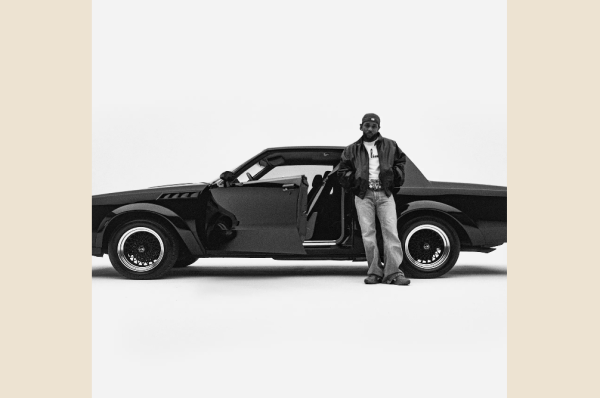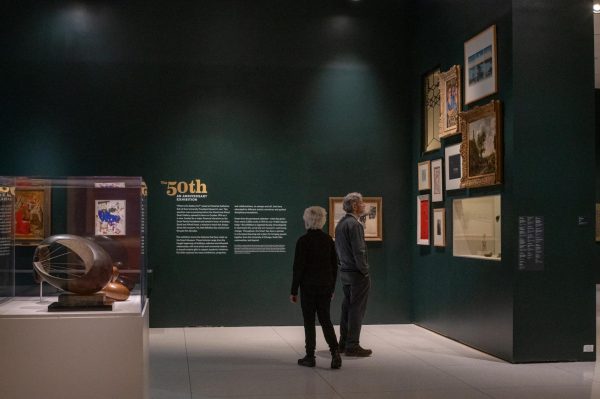Spielberg reimagines ‘West Side Story’ for modern audience
Source: Variety
“West Side Story” pits the Jets (left) against the Sharks (right), two gangs caught in a cultural conflict over unrequited love.
As the long, dark shadows of two rival gangs, the Jets and Sharks, square off across the screen of “West Side Story,” the tension signals the climatic brawl of a complex cultural conflict.
Sixty-five years after Leonard Bernstein’s musical “West Side Story” debuted in 1957, Steven Spielberg infuses his new version of the iconic love story with classic Spielberg magic: bigger and bolder, all the while staying true to the central cultural aspects of the musical.
What Spielberg’s version does best is rectify the errors in Puerto Rican representation that the original film suffered from. The main character Maria is now played by a Hispanic actress, Rachel Zegler, an improvement that has been long past due.
I also appreciated that Spielberg included much more Spanish dialogue spoken with a Puerto Rican accent. Interestingly, he did not provide English subtitles for these Spanish lines, which I surmise is a subtle contrast to a recurring moment in the musical where Puerto Rican characters were demanded to speak only English.
But, of course, this wouldn’t be a Spielberg film without the brilliant cinematography. He runs wild in the multiple Sharks-versus-Jets fight scenes, using long, birds-eye shots and gripping close-ups to build suspense. We also get a stunningly grimy city backdrop, dusty and grey, the perfect canvas for Spielberg’s frequent use of bright color.
Even though Spielberg makes sure to bring all the razzle and dazzle, his interpretation stays true to the original musical and updates it for a modern audience. “West Side Story” was already timeless. But now, I’d argue, it’s been given new life.

